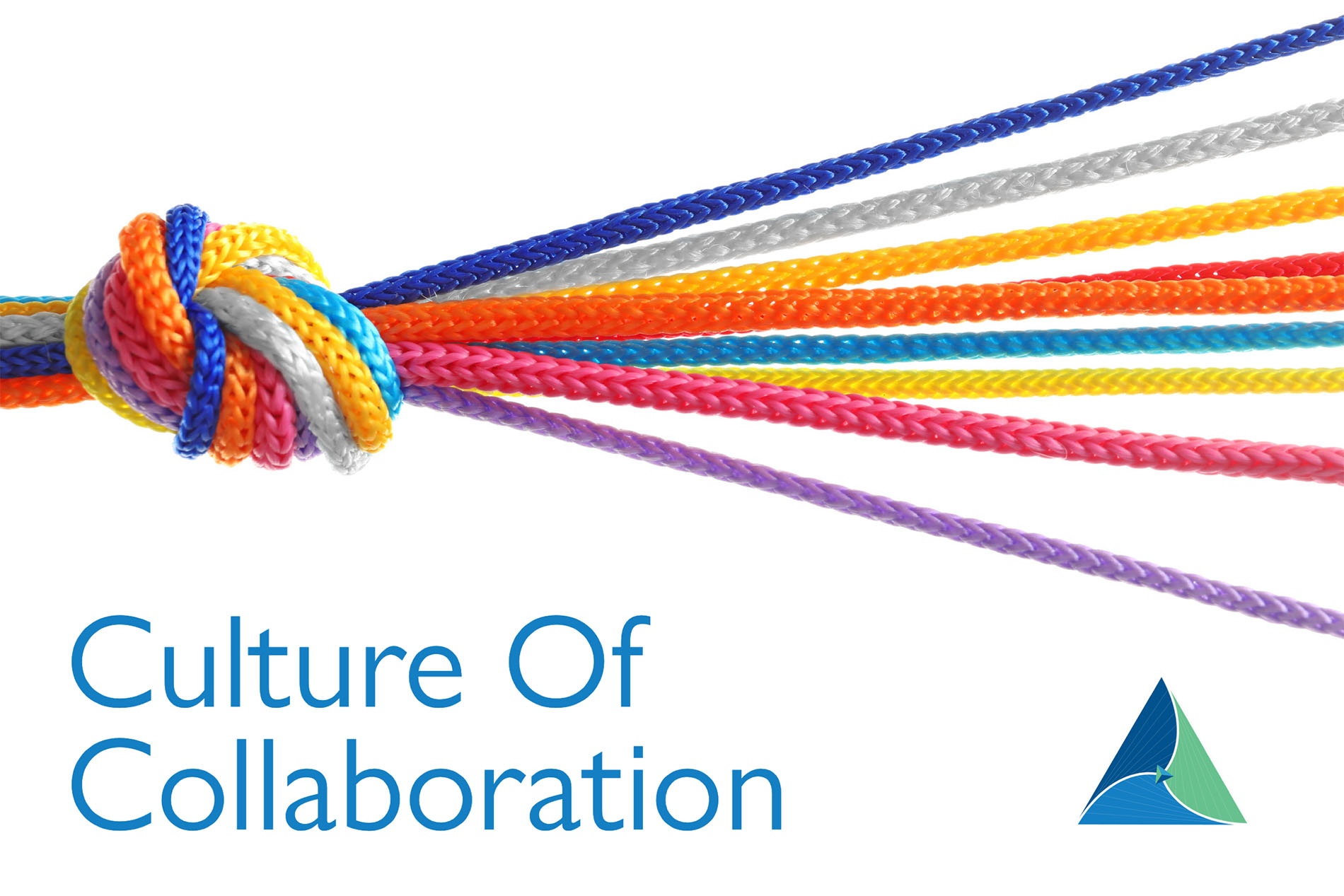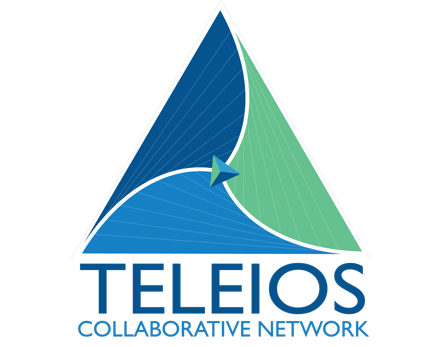
How to create and sustain a high-performance culture where collaboration, curiosity, and courage promote endless possibilities. This is the first of a three-part blog series. The second and third installments will be published in the following weeks.
If you’re looking for a way to move your organization forward with what’s possible, then start by saying STOP to unproductive comparing and YES to productive collaborating.
So often in life, we compare people, situations, and circumstances, but why? What if we stopped comparing unproductively and started productively collaborating? What could be possible if we see through a collaborative lens instead of a comparative lens?
From an incredibly young age, we are taught to compare. Comparisons such as shapes, sizes, numbers, objects, tastes, temperature, and textures are necessary and part of basic learning and developmental skills. The ability to compare companies, services, quality, candidates, needs, cost, resources, and more are examples of productive comparisons that we may consider frequently in our roles at work and at home. Comparisons in decision-making examples such as the above are helpful. Comparative thinking can also support critical thinking and advancing one’s understanding of concepts. But, at what point does the skill of comparing become stifling to what is possible for a team?
As we strive to compose a team of high-performing, passionate professionals, careful intentionality should be exercised with comparative thinking to ensure it is used appropriately. It is important to provide an opportunity for collaborative thinking to be fostered within teams and the organization as a whole. Note: collaborative thinking does not mean allowing groupthink but rather opportunities to stretch our thinking and make wiser decisions. In order to compose a high-performing team, we must be dedicated to being a high performer ourselves so we can advance the mission, vision, and values with incredible determination and commitment. But, if we continually compare ourselves, our situation, and our circumstances to others, are we fully able to achieve our potential? For those of you who have read 3 Vital Questions by David Emerald, you will likely relate to the importance of the concept of focus placement. Where you put your focus matters... Do you have a culture that is focused more on the problems or the outcomes possible?
Why spend time focusing on comparing other people, situations, and circumstances instead of focusing on our own learning, growth, and contribution? Viewing life and the roles we hold in life through a lens of curiosity, courage, and collaboration are imperative if we truly want to be a higher performer, positively contributing to the lives of others daily. Likewise, if we want to have an organization of high performers, being committed to being even more collaborative is worth intentional focus.
Will you join me in saying STOP to unproductive comparisons and YES to productive collaborations?
Moving Forward with Creating a Culture of Collaboration Today:
- STOP Comparing and START Collaborating
Challenge yourself to think from multiple perspectives before making a decision or communicating a decision; this is a collaboration by how you think about things. If your organization has pillars like service, quality, people, finance, compliance, growth, etc., then it is imperative to consider the impact on those pillars and even involve others in the assessment. Furthermore, expand your lens to consider the organization’s strategic plans, goals, and action plans if you are trying to make an important decision; this is collaboration in action!
An organization’s mission is too important to waste time with unproductive comparisons or judgmental perceptions. Shirzad Chamine’s book entitled Positive Intelligence provides us with a deeper understanding of what he calls saboteurs and how to engage our “sage brain” so we can handle any challenge or change calmly with clarity and a more positive and productive outlook. Interestingly, in Positive Intelligence, the concept of all of us having the “Judge” as a master saboteur is presented. Thinking about this, it makes a lot of sense why we may often gravitate to judging ourselves, others, or occurrences. However, focusing on what is possible by having a collaborative view and approach is important, instead of allowing comparative or judgmental perceptions to interfere. Engaging the a) right people at the b) right time using the c) right (best) approach with the (d) right focus are all crucial components to building a collaborative culture of high performers.
How are you promoting collaboration within your team and organization? Might there be ways that you could begin promoting it even more with yourself? A collaborative culture fosters teamwork, accountability, and ownership. What other benefits might there be from promoting a collaborative culture?
(Creating a Culture of Collaboration: Part Two will be published in two weeks.)
Dr. Millicent Burke-Sinclair
Ed.D, MBA, MLAS, SPHR®, SHRM-SCP
Human Resources Coach, TCN and Teleios University Professor

Teleios University (TU)
Discover More
Register Today!
We invite you to listen to TCNtalks

An organizational model that allows nonprofit hospices (Members) to leverage best practices, achieve economies of scale and collaborate in ways that better prepare each agency to participate in emerging alternative payment models and advance their charitable missions.
Related Posts
Culture of Collaboration: Moving Forward
Moving Forward with Creating a Culture of Collaboration - Step 2: STOP Complaining and START...
The Tone at the Top
Recently, TCN hosted our quarterly Visioneering Council meeting. Justin Vajko, of Dialog, was the...
Culture of Collaboration: Courage
Step 3: STOP the Chatter and START the Courage. This is the third and final installment of our blog...


